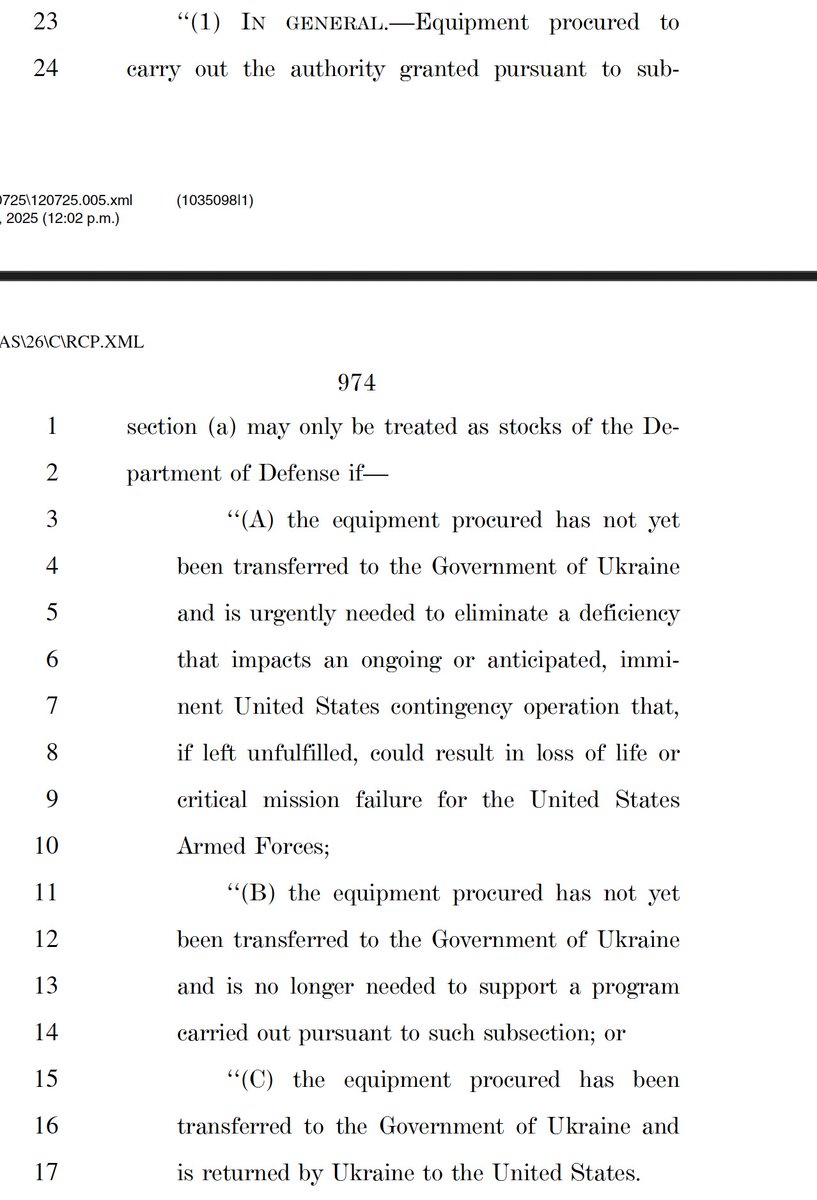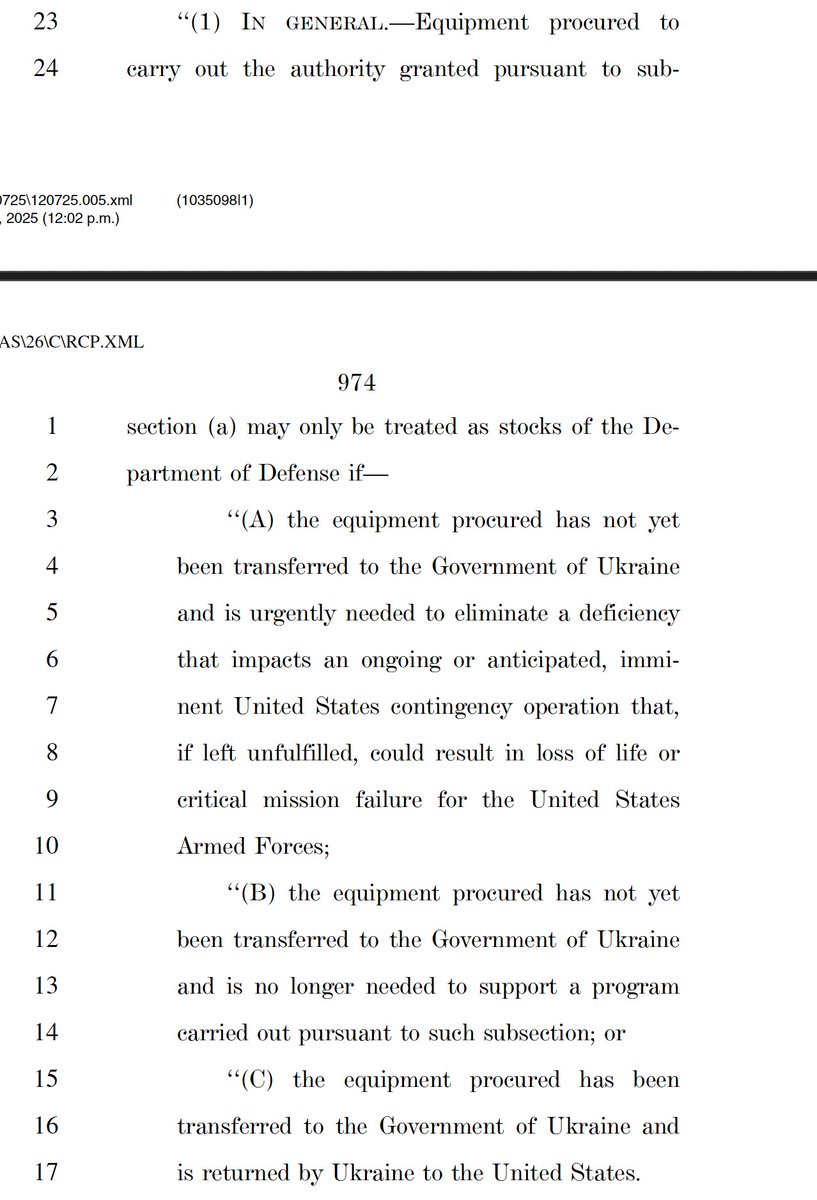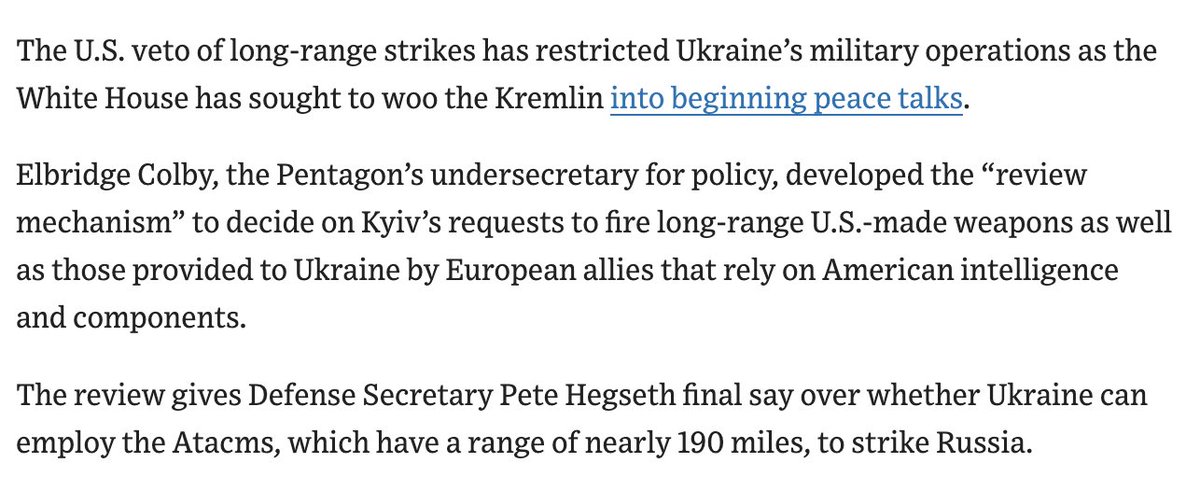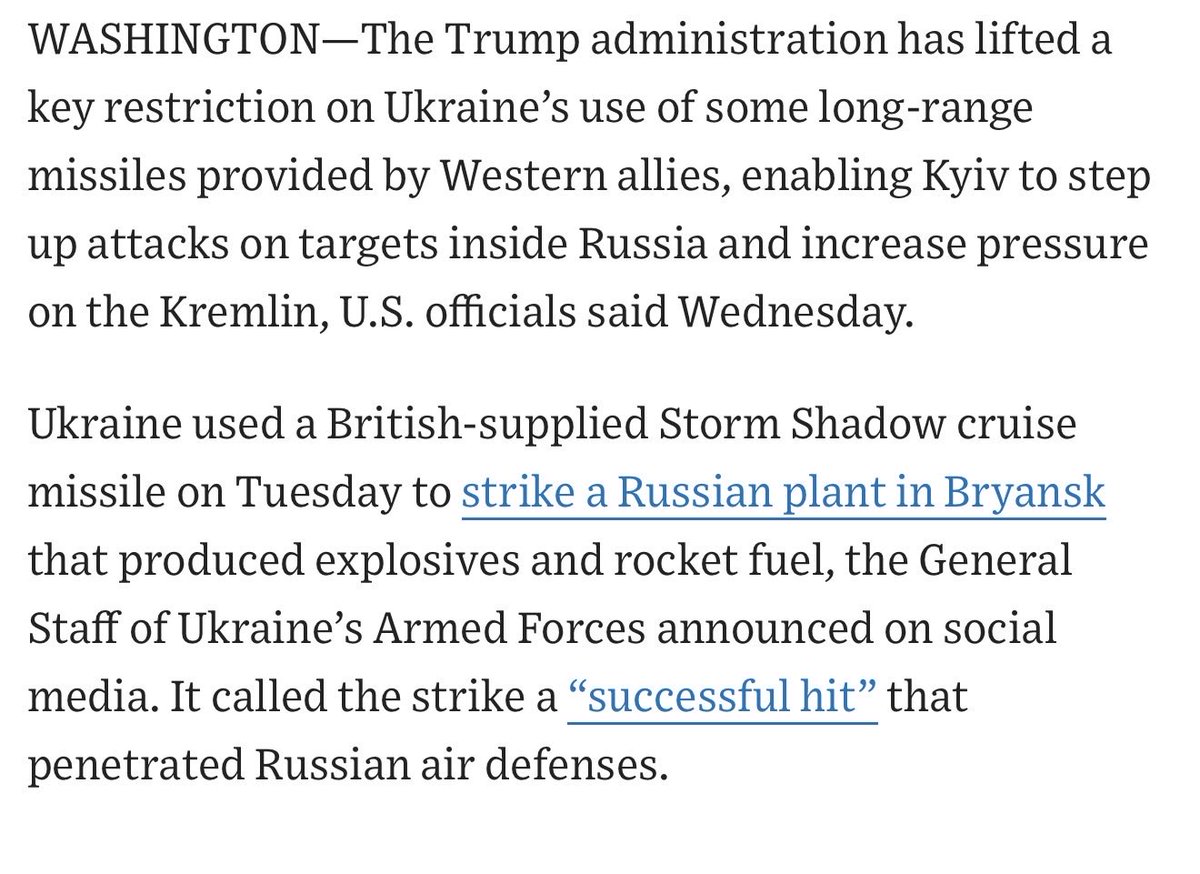Great investigation by @meduzaproject on how Russia's FSB has recruited ex-ISIS fighters to try to infiltrate Chechen and Tatar military units fighting for Ukraine: meduza.io/feature/2023/0…
More here: themoscowtimes.com/2023/05/16/rus…
Several years ago I did a long piece on how Russia instrumentalizes (back then one might have even said 'weaponizes') the very jihadists it claims to be fighting. thedailybeast.com/russias-double…
The FSB established a 'green corridor' to allow migration of known Islamists from the Caucasus to Syria via Turkey, knowing these fighters would join Jabhat al-Nusra (HTS) or ISIS.
The scheme was intended to alleviate threats during the Sochi Winter Olympics, drum up the terrorist quotient in Syria (thereby making Assad look more amenable to the West), and of course to create an agent network.
Former KGB spymaster Oleg Kalugin said this was a tried-and-true method for the Soviet/Russia services going back decades. Holy war is a problem, until it's useful.
• • •
Missing some Tweet in this thread? You can try to
force a refresh



















